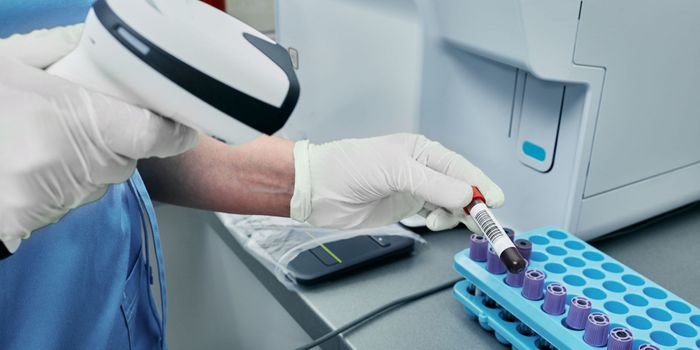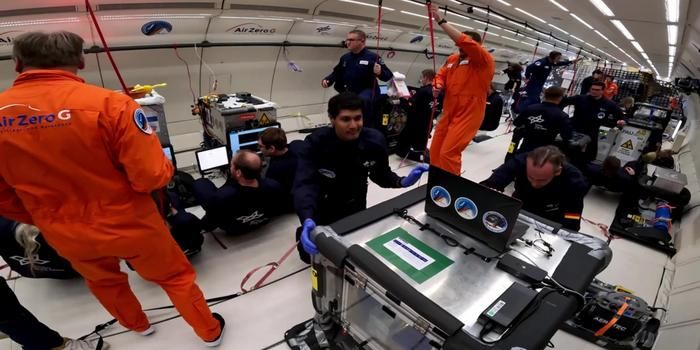Is Facklamia Species an Important Pathogen?
Facklamia species are Gram-positive, facultatively anaerobic bacteria that present a challenge for clinical labs to identify. It's α-hemolytic, catalase negative and is often misidentified as Streptococcus viridans group (SVG). Due to the difficulties in identifying Facklamia species, its prevalence in clinical infections may be underestimated. Rahmati et al. present three cases of Facklamia species bacteremia and the problems encountered by the clinical laboratory in correctly identifying this potential pathogen.
Case 1 was a 64-year-old male who was an IV drug user. Imaging studies revealed a left atrial mass involving the anterior mitral valve leaflet. His WBC count was significantly elevated and had 2 out of 2 blood cultures positive for Gram-positive cocci in chains. The isolate was initially identified as SVG based on biochemical testing (PYR negative, A and P discs negative) and pinpoint, α-hemolytic colonies. Susceptibilities performed by E-test were unusual for SVG and had high minimum inhibitory concentrations (MICs) to cefotaxime and penicillin. Matrix-assisted laser desorption ionization-time of flight (MALDI-TOF) analysis did not identify it. Gene sequencing yielded an ID of Facklamia ignava.
Case 2 was a 36-year-old male who had attempted suicide. He developed aspiration pneumonia from intubation and then acute respiratory distress syndrome. Two sets of blood cultures were drawn due to fever and a high WBC count. One set of blood cultures became positive after three days with Gram-positive cocci in chains. The colonies were pinpoint, non-hemolytic, and PYR-negative. MALDI-TOF identified the organism as Abiotrophia defectiva; however, the organism's growth on blood agar was atypical. Gene sequencing identified it as Facklamia languida, and its sensitivity pattern was similar to case 1.
Case 3 was a 59-year-old female with diabetes, chronic kidney disease requiring hemodialysis, and non-alcoholic cirrhosis. Blood cultures drawn when she was admitted grew three organisms: Staphylococcus aureus, Peptostreptococcus anaerobius, and Gram-positive cocci in chains. The Gram-positive cocci had pinpoint growth, no hemolysis, and was PYR-positive. Since it couldn't be identified biochemically, gene sequencing was performed revealing Facklamia languida.
Facklamia has been implicated in bacteremia from necrotizing fasciitis, endocarditis, chorioamnionitis, and CNS disease. The organism's virulence and its exact role in human infection and pathogenesis are not evident. Since it is often misidentified as SVG, it is likely that many cases are missed. It's vital that this organism is correctly identified due to is potential to be resistant to β-lactam antibiotics, which is unusual for SVG, and may create treatment problems.








